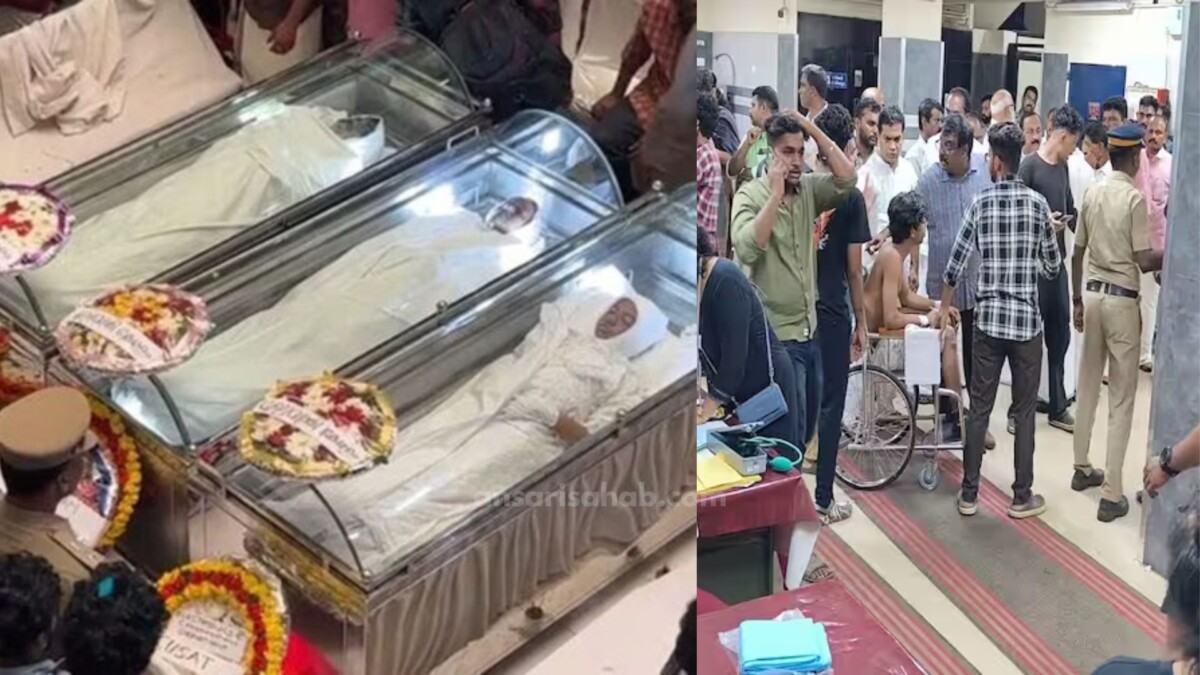The Dhishna Fest stampede at Cochin University of Science and Technology (CUSAT) on November 25, 2023, stands as a stark reminder of the devastating consequences that can unfold in the absence of proper safety measures during large gatherings. The incident, resulting in the loss of four young lives and injuries to over 50 individuals, has prompted an in-depth investigation into the causes and has spurred discussions on the imperative need for enhanced safety protocols at events of this scale.
The Events Leading Up to the Stampede:
Eyewitnesses recall the chaotic scene during the Dhishna Fest’s inaugural ceremony as a sudden downpour sent attendees scrambling for cover. The overcrowded open-air auditorium, coupled with the limited exit points, became a breeding ground for panic, ultimately leading to the tragic stampede. The inability to manage the swelling crowd and the narrow exits contributed significantly to the severity of the incident.
Investigation and Allegations:
In response to the tragedy, an expert committee has been formed to thoroughly investigate the incident, scrutinizing the safety measures implemented by CUSAT. Allegations of negligence have surfaced, with some pointing to the lack of adequate crowd control measures and the narrow exit as primary contributors to the stampede. The university, however, vehemently denies any negligence, asserting compliance with all safety protocols.
Impact on Victims and Families:
The four lives lost in the stampede—Athul Thampi, Ann Rifta, Jithendra Damu, and Sara Thomas—have left indescribable grief in their wake. Over 50 injured students are grappling with both physical and emotional trauma. The Kerala government’s announcement of a ₹10 lakh compensation for the families of the deceased students reflects an acknowledgment of the profound impact on these families.
Causes of the Stampede:
The expert committee’s preliminary findings point to several factors contributing to the stampede:
- Overcrowding: The open-air auditorium exceeded its capacity, disregarding safety norms.
- Inadequate Entry and Exit Gates: The limited number of entry and exit points created bottlenecks.
- Lack of Crowd Control Measures: The absence of effective crowd control measures resulted in chaos and confusion.
Read Also: Coping with Tragedy: A Comprehensive Update on the JMU Student Ben Stapelfeld’s Death
CUSAT’s Response and Actions:
CUSAT’s response to the tragedy includes expressing condolences, cooperating with the investigation, and pledging support to the victims’ families. The university is taking proactive steps to prevent similar incidents, including:
- Reviewing Crowd Management Protocols: CUSAT is revisiting its crowd management protocols to ensure events are conducted safely.
- Enhancing Infrastructure: Plans are underway to expand entry and exit points, addressing the issue of overcrowding.
- Raising Safety Awareness: CUSAT aims to educate students and staff on crowd management and emergency procedures through safety awareness campaigns.
Stampede Prevention Measures:
To prevent stampedes, event organizers should consider implementing the following measures:
- Adequate Crowd Control Measures: Trained security personnel and barricades should be in place to manage crowds effectively.
- Clear Exit Routes: Well-marked exit routes are crucial for orderly evacuations during emergencies.
- Emergency Response Plan: A comprehensive emergency response plan should outline the roles and responsibilities of stakeholders.
- Public Awareness: Conduct public awareness campaigns to educate attendees about stampede prevention and emergency procedures.
Conclusion:
The Cochin University stampede serves as a somber lesson on the critical importance of prioritizing safety in event management. As the CUSAT community mourns and the wider public reflects on this tragedy, it is imperative to ensure that events prioritize safety measures, leaving no room for preventable incidents. By learning from this unfortunate incident, implementing robust safety protocols, and raising awareness, we can collectively work towards preventing similar tragedies in the future.









